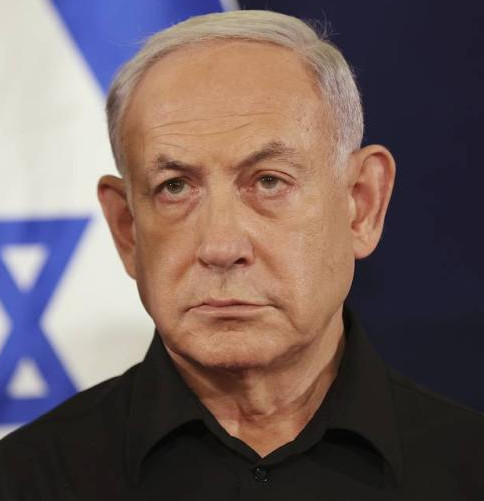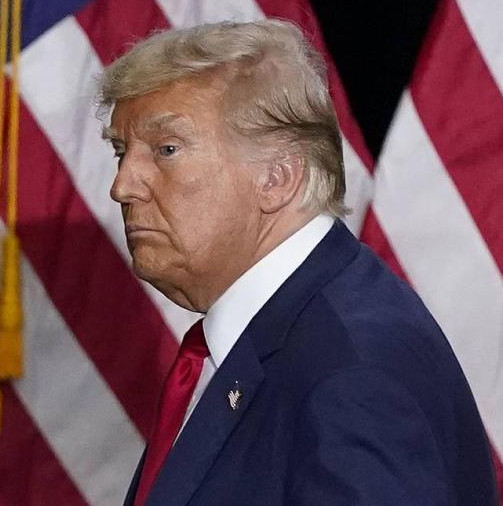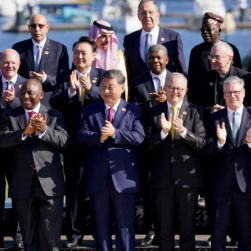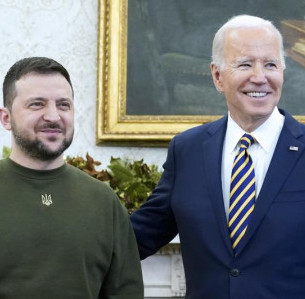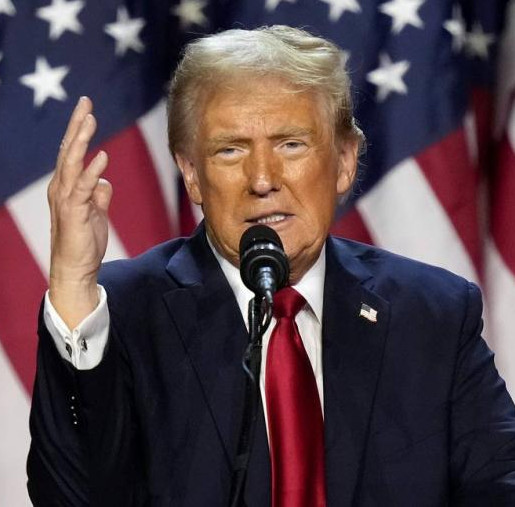As China's Xinhua news agency reported on October 5, Chinese Foreign Ministry spokeswoman Hua Chunying answered journalists' questions regarding the statement by her colleague from the US State Department on Taiwan. It came from Ned Price who said Washington was deeply concerned about China's military activity near Taiwan, which, according to him, is destabilizing, fraught with errors and undermines peace and stability in the region. The US has urged China to stop putting pressure on Taiwan and threatening it.
In response to Mr. Price's statement, Hua Chunying noted that it was time for the United States to stop making irresponsible statements about this, as Taiwan is part of China. According to her, the United States has been continuously taking various negative actions lately, such as weapons supply to Taiwan and strengthening US-Taiwanese official contacts in the military sphere. At the same time, Hua Chunying noted that One-China principle forms the political core of Sino-American relations.
The concern of official Beijing is not misplaced. The United States recently released plans to sell arms to Taiwan worth a total $750 million. Besides, American military aircraft often land on the island, while US warships cross the Taiwan Strait on a regular basis.
China, in turn, worked out a conditional strike against Taiwan, involving 52 combat aircraft. The training was the largest demonstration of Beijing's strength for the entire long-term period of its confrontation with the island country. According to experts, in case of a military conflict, China is capable of destroying Taiwan in a few minutes. At the same time, the United States is perhaps Taipei's most important ally. Especially as regards defense cooperation. At that, Washington actively exploits the island-related territorial issue as a lever of pressure on Beijing.
The United States deliberately maintains ambiguity about the status of Taiwan, while secretly encouraging Taipei for various statements about the island's "independence". However, Washington does not let the situation fall into an unpredictable zone of military conflict between mainland China and island Taiwan. But this whole US game around the unrecognized Republic of China is very annoying to official Beijing.
The Chinese authorities generally believe that a significant part of the international waters in the Asia-Pacific region (APR) belongs to the PRC. We are primarily talking about disputed waters around Taiwan, the Philippines, Vietnam, Malaysia and other countries. In this regard, official Beijing takes steps to strengthen control over the sea routes through which a considerable share of world trade passes. It was in order to demonstrate its military strength that China staged an unprecedented power projection near Taiwan to coincide with the 72nd anniversary of PRC creation celebrated on October 1.
At the same time, escalation in the skies off the Taiwan coast coincided with a new war of nerves between China and India in the Kashmir mountains: the Indian Foreign Ministry accused official Beijing of trying to change the status quo along the line of control in Eastern Ladakh. "China continues to deploy a large number of troops and armaments in the border areas. It was in response to Chinese actions that our armed forces had to make appropriate counter deployments in these areas to ensure that India's security interests are fully protected," said spokesman for that country's Foreign Ministry Arindam Bagchi. According to the Indian diplomat, China is fully responsible for the military tensions on the border with India in Eastern Ladakh.
The statement came as a response to China's claims that the root cause of tension in bilateral relations was New Delhi's expansionist performance. Indeed, earlier last week, official representative of the Chinese Foreign Ministry Hua Chunying said: "The Indian side has long pursued the forward policy and illegally crossed the LAC to encroach on China's territory." Mutual Indian and Chinese accusations of building-up military groups in the Himalayas are reasonable enough. Thus, commander of the Indian army General Manoj Naravane said China significantly increased its military contingent along the 3.5 thousand km long border, which forces New Delhi to take retaliatory steps and bring additional forces and modern weapons to the Himalayas. In short, the situation in Eastern Ladakh has seriously escalated in recent days.
Some experts associate the current outbreak of the Indochina controversy with the situation in Afghanistan, which worsened India's strategic position in the region. New Delhi fears that Pakistan, being a close partner of China, will support it in a conflict situation. Other experts believe that the aggravation between New Delhi and Beijing is primarily due to significant shifts in the Indo-Pacific region as a whole, which Beijing links to the hostile scheming by the United States. First, this refers to an attempt to "arm" the QUAD, a group of four powers comprising USA, Australia, India and Japan, which looked more like a paper tiger until now. Second is the September 15 announcement by the United States, Australia and the United Kingdom about the creation of the AUKUS military alliance. These two associations are believed to aim at containing China in the IPR.
In conclusion, we note that if confrontation between New Delhi and Beijing in Eastern Ladakh was only limited to diplomatic pricks, it could hardly have worried anyone, except for analysts and pundits. In the Himalayas, people look at each other through their sight notches, ready to engage in a real, not a verbal fight. And let's not forget that two nuclear powers with a population of almost three billion people are involved in this confrontation, which is fraught with unpredictable consequences both for the IPR and the rest of the whole.
